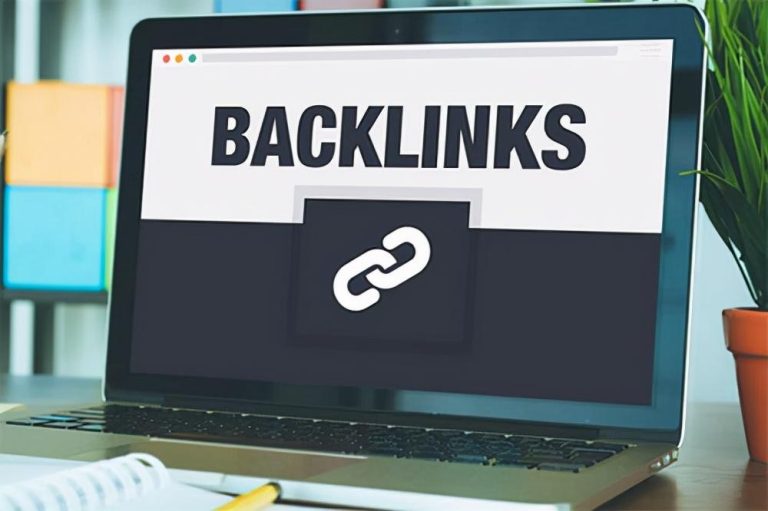Mastering Backlink Indexing A Comprehensive Tutorial

https://speedindexer.com/wp-content/uploads/2024/10/a5-300x200.jpeg
In the realm of search engine optimization (SEO), backlinks play a critical role in determining the ranking and visibility of a website. However, merely acquiring backlinks is not enough; ensuring that these backlinks are properly indexed by search engines is equally important. In this comprehensive tutorial, we will delve into the intricacies of backlink indexing, discussing what it entails, why it is crucial, and how you can effectively manage and optimize your backlink index for maximum SEO benefit.

What is Backlink Indexing?
Before we delve into the details of backlink indexing, let's first understand what backlinks are. Backlinks, also known as inbound links or external links, are hyperlinks that direct users from one website to another. When a website links to another site, it is essentially vouching for the credibility and relevance of that site's content.
Backlink indexing refers to the process by which search engines discover, crawl, and include backlinks in their databases. In simpler terms, indexing is like adding a website or webpage to a search engine's library so that it can be retrieved and displayed in search results when relevant queries are made.
Why is Backlink Indexing Important?
Backlink indexing is crucial for several reasons:
1. Enhanced Search Engine Visibility: Indexed backlinks are more likely to be recognized and considered by search engines when determining a website's authority and relevance for specific search queries. Unindexed backlinks, on the other hand, do not contribute to a website's SEO performance.
2. Improved Ranking Potential: Backlinks are a key ranking factor in search engine algorithms. By ensuring that your backlinks are properly indexed, you increase the likelihood of your website ranking higher in search engine results pages (SERPs) for targeted keywords.
3. Faster Indexation of New Content: When your backlinks are indexed promptly, any new content or pages on your website that are linked to will also be crawled and indexed faster, leading to quicker visibility in search results.
4. Monitoring and Analysis: A well-maintained backlink index enables you to track the quality and quantity of backlinks pointing to your site, identify potential issues such as broken or toxic links, and make informed decisions to improve your link profile.
How to Index Backlinks: Best Practices
Now that we understand the importance of backlink indexing, let's explore some best practices to ensure that your backlinks are effectively indexed by search engines:
1. Quality Backlink Acquisition: Focus on acquiring high-quality backlinks from authoritative and relevant websites. Search engines prioritize indexing links from reputable sources, so building a strong link profile is essential.
2. Internal Linking Structure: Utilize internal linking within your website to create a logical and hierarchical structure that facilitates the discovery and indexing of new content by search engine crawlers.
3. Submit to Search Engines: While search engines like Google and Bing automatically crawl the web to discover new content and backlinks, you can expedite the process by submitting your website's sitemap through Google Search Console and Bing Webmaster Tools.
4. Social Signals: Sharing your content and backlinks on social media platforms can help increase visibility and encourage search engines to crawl and index them faster.
5. Monitor Indexation Status: Regularly monitor the indexation status of your backlinks using tools like Google Search Console, Bing Webmaster Tools, and third-party SEO software. Identify any unindexed backlinks and investigate the reasons behind their exclusion.
6. Fix Indexation Issues: If you encounter backlinks that are not being indexed, address any underlying issues such as broken links, nofollow attributes, or low-quality content that may be hindering indexation.
7. Disavow Toxic Backlinks: In cases where you have acquired toxic or spammy backlinks that are negatively impacting your SEO performance, use Google's Disavow Tool to request that these links be disregarded by the search engine.
8. Monitor Backlink Profile Changes: Keep track of changes in your backlink profile, such as new backlinks gained or lost, to assess the impact on your SEO strategy and make informed adjustments as needed.
Tools for Backlink Indexing
Several tools and resources are available to help you manage and optimize your backlink index effectively. Here are some popular tools that can aid in backlink indexing:
1. Ahrefs: A comprehensive SEO tool that provides backlink analysis, site audit, keyword research, and rank tracking capabilities to help you monitor and optimize your backlink profile.
2. Moz Pro: Another all-in-one SEO tool that offers backlink analysis, site optimization recommendations, and rank tracking features to improve your website's search engine performance.
3. SEMrush: A versatile SEO software suite that includes backlink analysis, keyword research, site auditing, and rank tracking tools to enhance your SEO strategy.
4. Google Search Console: A free tool provided by Google that allows you to monitor your website's presence in Google search results, submit sitemaps, and identify indexing issues affecting your backlinks.
5. Bing Webmaster Tools: Similar to Google Search Console, Bing Webmaster Tools enables you to manage your website's presence in Bing search results, submit sitemaps, and monitor indexing status.
Conclusion
Backlink indexing is a fundamental aspect of SEO that directly impacts your website's visibility, ranking, and overall performance in search engine results. By understanding the importance of backlink indexing, implementing best practices for indexation, and utilizing tools to monitor and optimize your backlink profile, you can enhance your website's SEO strategy and drive organic traffic effectively. Remember, a well-maintained backlink index is key to unlocking the full potential of your website in the competitive digital landscape.
